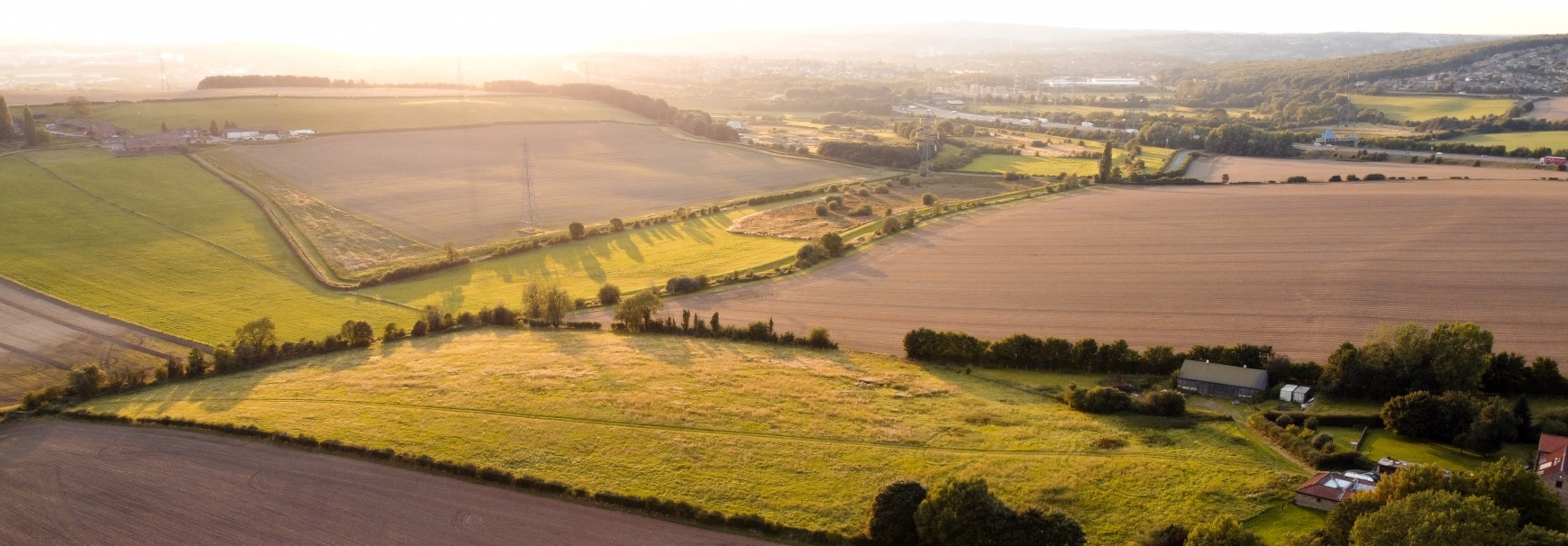It is hard not to come across the topic of carbon emissions in agriculture now, with its coverage in both the national and the farming press. Just last week there was an announcement in the Farmers Weekly that the National Trust’s own organic arable farm had become carbon negative. Not only had they reduced their emissions, but they had also increased sequestration to a level where the management of the farm was resulting in a net reduction in the amount of carbon in the atmosphere.
Although this is undoubtedly impressive and admirable achievement, many will find that without the backing of such a large organisation there are significant barriers to reproducing this result and embracing sustainable farming principles.
What to do then? How can the average farmer start to work towards being more sustainable, net-zero, or even carbon negative from scratch?
Step 1: Establish a baseline
This is the essential first step, it will allow key areas of carbon emissions to be identified, as well as enabling improvements to be tracked and quantified year on year. To establish the baseline, a carbon account or carbon footprint must be undertaken. Completing one of the carbon calculators on the market is a great way to measure the carbon emissions of your farm. Many carbon calculators provide a result in terms of carbon dioxide equivalents, alongside in-depth information about the relative emissions sources and sinks.
Step 2: Make an action plan
Once a baseline has been established, key areas can be identified for action. Perhaps your cultivations are letting you down and more consideration can be given to drill type when it is next time to upgrade, perhaps manufactured fertiliser is causing a problem and either organic alternatives can be found or a nitrogen fixing cover crop could be trialled. Every farm is different and there are many options depending on your circumstance, so planning is essential.
With cost, returns, and yield considerations investigated, a carbon action plan can allow for effective carbon reduction decisions to be made.
Step 3: Monitor
How do you know if it has worked? Reducing carbon emissions should be viewed as an ongoing process. Each successive year a carbon account should be repeated and the results compared with previous years and the established baseline. This will highlight where there have been successes and allow you to properly quantify the changes that have been made.
Soil sampling should be used to measure soil carbon levels and management can be tailored to have the best result for different soil types. Updates to the action plan can also be made; having reduced cultivation emissions, maybe changes to crop rotation can now be investigated. The changes will take time. It may take years of soil management before significant reductions in fertiliser use can be made, and the benefits from adjusting crop rotation could take even longer to emerge. However, by monitoring carbon emissions, farmers will be able to make sure they remain on track.
Where to start
Carbon accounting can be a complicated task and understanding both the inputs and the results from the available calculators can be difficult. NFU Energy has experience in on-farm carbon accounting, and we offer a consultancy service to:
- Assist you in choosing the most appropriate calculator for your product or farm.
- Advice and help with the data inputs to ensure that you are getting a representative figure for your farm/produce.
- Analyse your carbon equivalent emissions figure to further explain the results and give quantified recommendations on areas of improvement.
Alternatively, if you do not want to use one of the available calculators, we also offer a more bespoke full calculation project.
If you are interested in carbon accounting and reducing emissions, call the team on 024 7669 6512.


